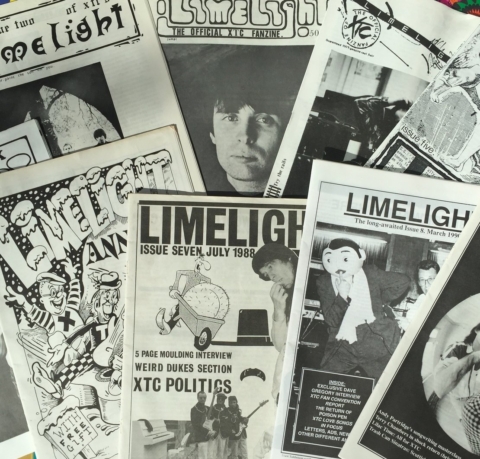70s: Ad-equately Positioned
By Shannon Brien
Ever felt like an advertisement has spoken directly to you? And before its over you are convinced that your life will be greatly improved by owning a useless item like a snuggie.
The scientific term for this is “positioning”.
Positioning was the advertising focus of the 1970s defined as placing the product in the minds of the consumer.
It was the ‘Golden Age’ of advertising, where the introduction of television adverts inspired print ads to be bolder in order to capture the attention of their target audiences. Towards the end of the 70s, the advertising industry was one of the fastest growing and competitive industries in America, with an average of one person seeing at least 1,600 adverts a day.
The 1950s advertising was the “product” era, where the subject sold itself. There is perhaps no other brand that better embodies advertising through the ages than the high-end furniture store, Heal’s. Established in 1810, this iconic brand has been influencing British homes for years, but they are renowned for their use of cutting edge art and design in their promotion.
 Stockist: Heal’s www.heals.co.uk 0207 896 7451
Stockist: Heal’s www.heals.co.uk 0207 896 7451
The business was sold in the early 80s and their archives given to the V&A but around 70 posters were displayed in the Mansard Gallery which occupied the fourth floor of the Heal’s building. A renovation last summer saw the discovery of some vintage advertising posters that were stowed away and forgotten in a cupboard that have now been reunited with the others at the V&A. To celebrate this amazing find, Heal’s have produced some reprints of these posters.
 Stockist: Heal’s www.heals.co.uk 0207 896 7451
Stockist: Heal’s www.heals.co.uk 0207 896 7451
Propaganda is synonymous with the 30s. It was an era of public notices and messages to boost public morale in a decade of war and economic hardship.
However, it wasn’t just “keep calm and carry on”, this was an era where issues regarding alcohol, sex and drugs were publicly discussed and women were typecast as the ‘loyal housewife’.
Any ‘Mad Men’ fan can tell you that advertising in this modern world is completely different. Posters have been replaced with pop-ups on our computer screens and annoying ads before our YouTube videos.









